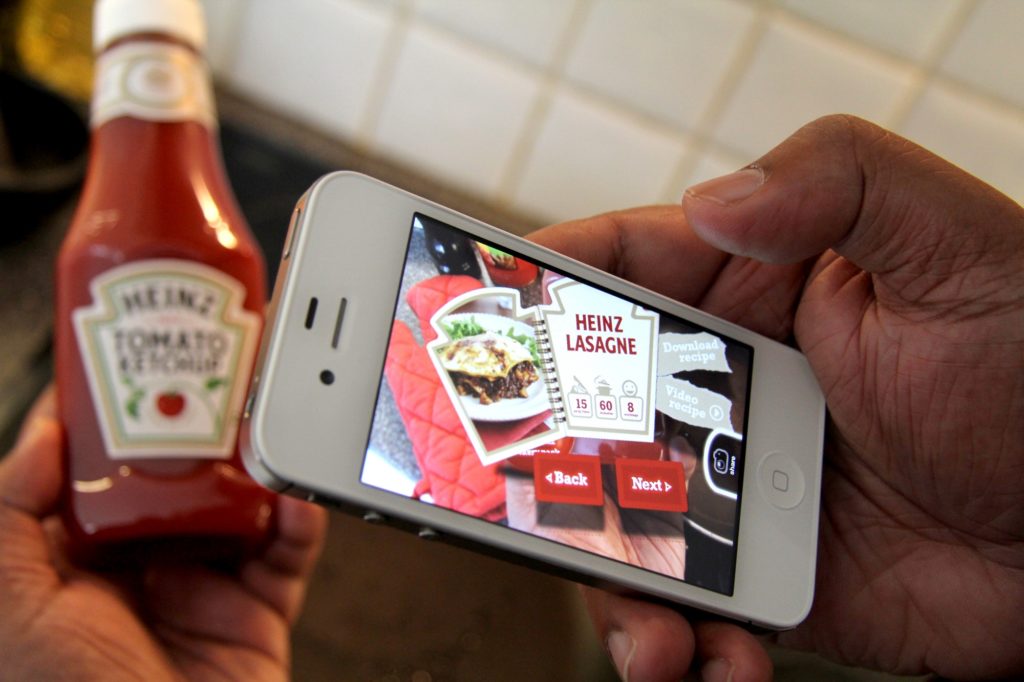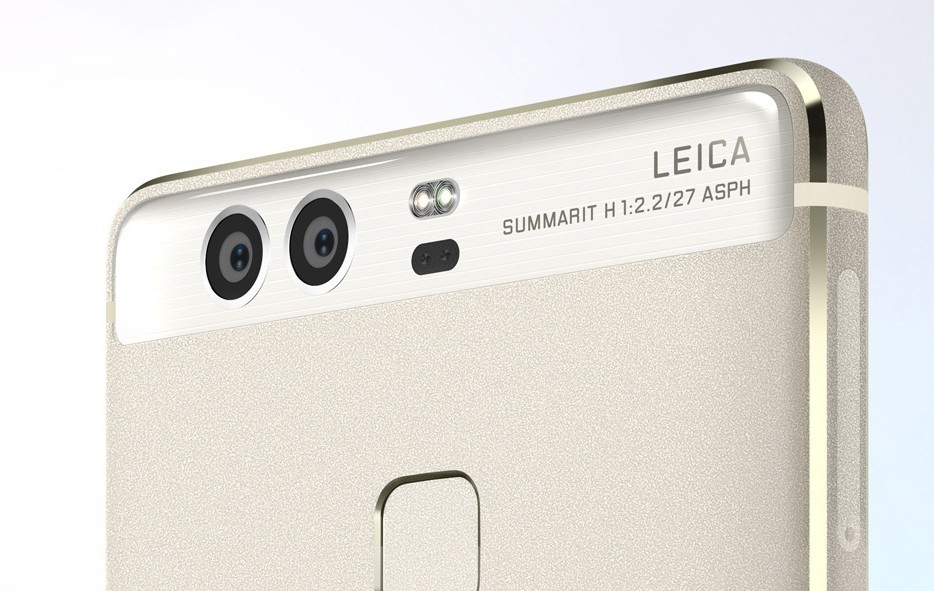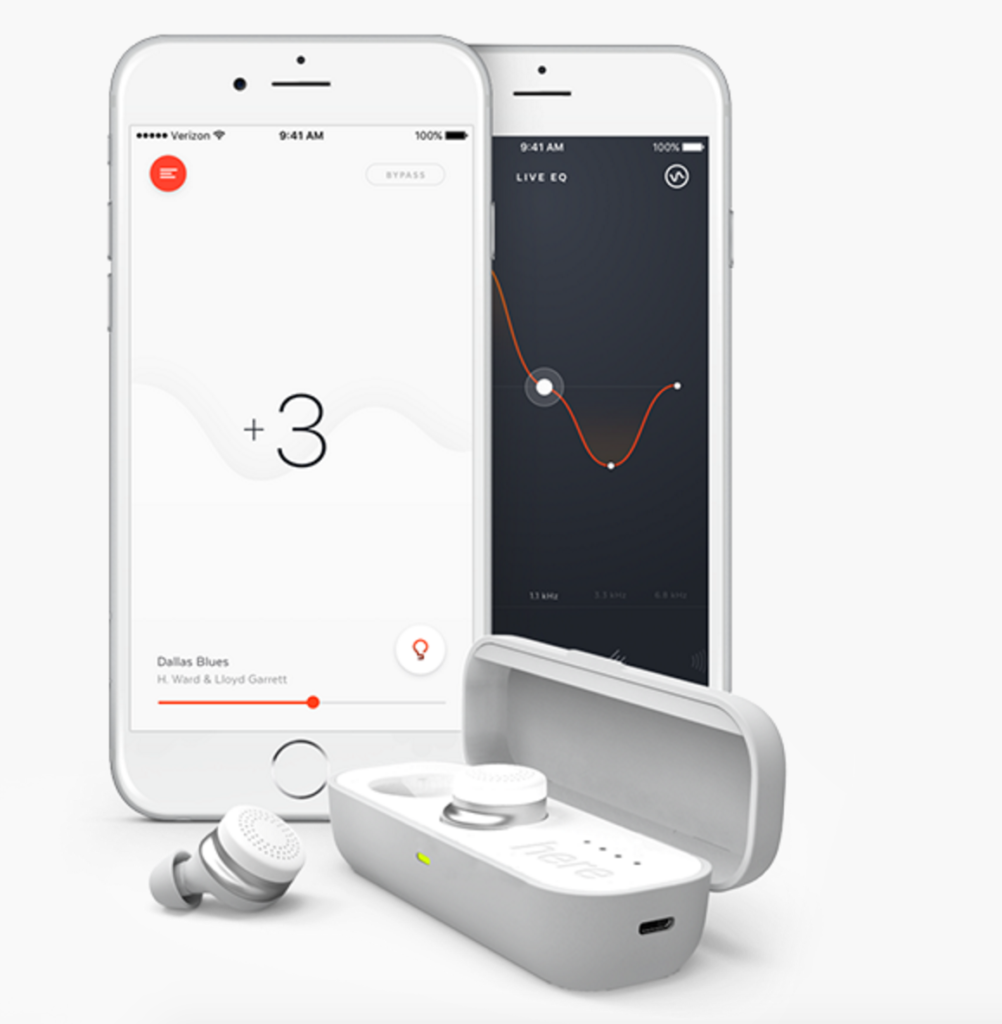The future of Apple lies in our perceptions of reality.
Specifically how Apple plans to augment our reality. Unlike Facebook’s push into Virtual Reality (vis-a-vis Oculus) or Google’s Mobile Virtual Reality ambition with “Daydream”, Apple has been making industry moves to bring Augmented Reality to the mainstream. But before digging deeper, here’s a primer of the recent progress and market entries into the Augmented Reality space.
Recent History of Augmented Reality
Augmented Reality (AR) is nothing new as for years now companies such as Layar/Blippar have been trying to grow the AR market/use cases. These apps would utilize a phone’s camera to overlay (‘augment’) an environment with an additional ‘layer’ of information. So whether it’s a magazine article or poster, there could be a link to purchase and a video demonstrated the product. Simply look at the media via the phone’s camera through the app and you will see the augmented information overlaid on the media.

Google’s Glass project tried to take it one step further by giving users a Heads-Up display (HUD) could augment reality with a layer of relevant information based on what we were seeing. Eventhough Google Glass failed to draw market demand, Google’s AR ambitions didn’t die with Glass and were revitalized in the Google’s Project Tango.
What is Tango? Tango in summary is a platform developed and authored by Google that uses computer vision to enable smartphones and tablets to detect their position relative to the world around them without using GPS or other external signals. This allows application developers to create user experiences that include indoor navigation, 3D mapping, physical space measurement, environmental recognition and augmented reality.

Apple’s AR Vision
Apple has been planning some AR integrations for quite some time now with their PrimeSense acquisition in November 2013. If PrimeSense’s name rings a bell, it’s because it was the company behind the camera technology of Microsoft Xbox’s Kinect; which allowed it’s camera to track and scan 3D objects from people to items.

Apple’s marketing push for the iPhone7 Plus’ dual camera was similar to Huawei’s P9 (which originally had dual cameras over a year ago), a focus on offering “wide-angle and telephoto cameras”; both focusing on the idea of bringing DSLR capabilities to the smartphone market.

However with Apple’s earlier acquisition of PrimeSense in 2013, among other acquisitions over the past few years, it seems that Apple is just preparing us for a future where it can offer Apple’s own version of reality, a hybrid between our real world with augmented apps that can be interacted with with our devices.
Now whether Apple will go into a wearable of sorts like Snap’s Spectacles or Google’s now defunct Glasses, remains to be seen, but it’s pretty clear Apple sees a future with Augmented Reality; during Apple’s recent earnings call Tim Cook boldly mentioned his vision for incorporating AR into the longer term vision for Apple.
It also does show that AR can be really great. We have been and continue to invest a lot in this. We are high on AR for the long run, we think there’s great things for customers and a great commercial opportunity. The number one thing is to make sure our products work well with other developers’ kind of products like Pokemon, that’s why you see so many iPhones in the wild chasing Pokemons.
It’s important to take into account the ground work they are laying for adjusting our perception of reality on another front… audio.
Another Way: Augmented Audio
Here One by Doppler Labs is one of the first in the market to not only create a wireless earbud, but they have complimented it with connected software to augment sounds we hear. It can allow you to better hear specific sound waves while muting out others, in an ideal world (and possibly with some more refinement) it can allow you to pick and choose certain sounds, augment others while blocking others (such as noise pollution).

Now if we consider how ‘courageous’ Apple has been by removing the headphone jack on the iPhone7 to push their customers to adopt a wireless future… we can view such moves as the groundwork for such revolutionary augmentations.
It’s important to note, Apple doesn’t need to be the first mover in any of these fields as they have shown time and time again. Apple can use its immense brand loyalty and large market share to be a trend-setter by wielding that power to dictate future market trends.
It seems Apple’s Augmented plans might be some combination of Audio and Visual… how they will put it together and market it remains to be seen, but one thing is for sure…
Apple’s future is tied to our perceptions; whether they can shape our perception of reality and remind us how innovative Apple used to be is now in their hands.